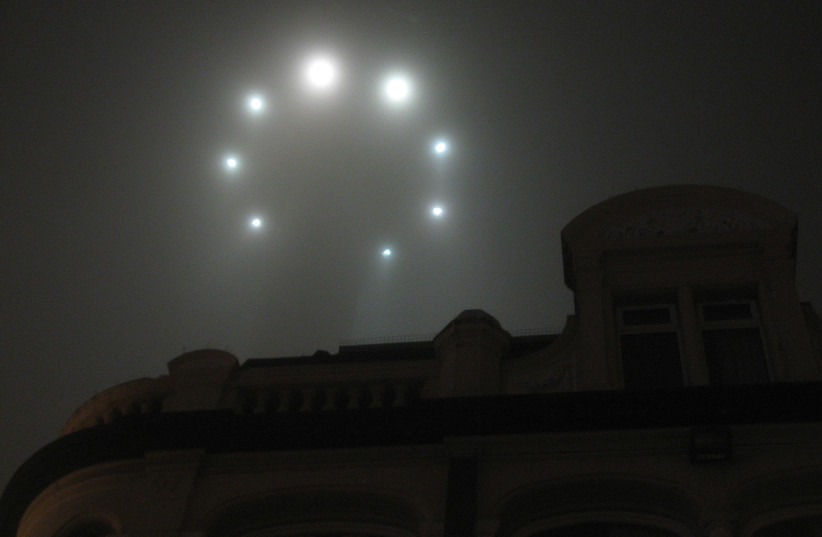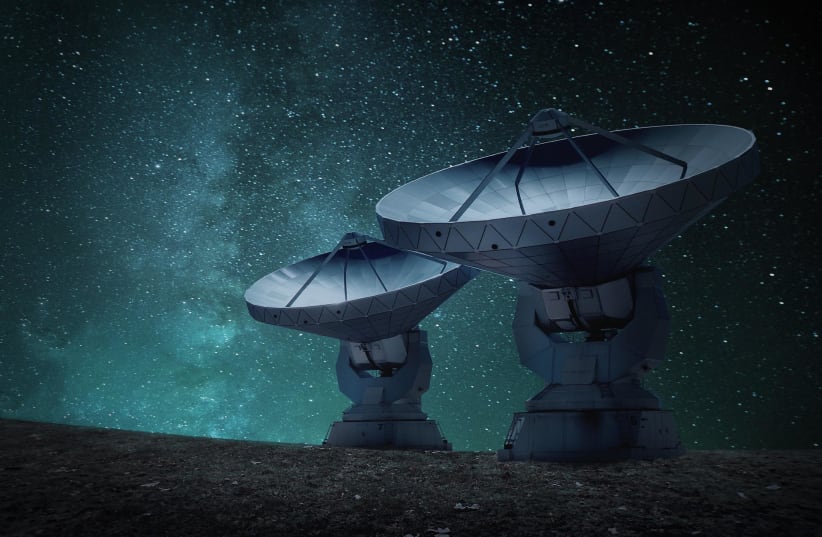The truth is out there, and NASA is going to find it.
The US space agency announced Thursday that it is commissioning a new independent study on unidentified aerial phenomena (UAPs), the more recent scientific description of unidentified flying objects (UFOs).
The study will be done from a scientific perspective and will focus on identifying available data, collecting future data and seeing how that can progress our understanding of UAPs forward more.
UAPs
UAPs, as mentioned earlier, are commonly linked to UFOs. However, there is a minor difference between them – UFOs are specifically objects while UAPs are any observed event in the sky that cannot be identified.

Both overall have been the subject of considerable interest over the past several decades, especially due to their perceived links with aliens. This is despite the fact that, as of yet, there exists no evidence that UAPs are extraterrestrial.
But part of the reason this misunderstanding persists is the fact that, traditionally, any information about UFOs and UAPs was kept classified and the public ill-informed about these observations – and this is something that is only recently beginning to change.
So why is this?
There is an obvious reason why so much has been classified surrounding UAPs: Military security.
While the public perception of UAPs is the possible existence of aliens, from a defense perspective, the biggest worry is that these observations might represent new military technology used by a foreign power.
But it is for this reason why the study of this phenomenon has typically been placed in the military sector such as by the US Defense Department.
But NASA is looking to change that.
This new study will be done through NASA, an agency not part of the US Defense Department's Unidentified Aerial Phenomena Task Force or its successor, the Airborne Object Identification and Management Synchronization Group.
However, NASA is not operating under the assumption that UAPs are aliens. Rather, they hope to study unidentified phenomena in the atmosphere which could pose a risk to aircraft safety.
“NASA believes that the tools of scientific discovery are powerful and apply here also,” Thomas Zurbuchen, the associate administrator for science at NASA Headquarters in Washington, said in a statement. “We have access to a broad range of observations of Earth from space – and that is the lifeblood of scientific inquiry. We have the tools and team who can help us improve our understanding of the unknown. That’s the very definition of what science is. That’s what we do.”
“We have access to a broad range of observations of Earth from space – and that is the lifeblood of scientific inquiry. We have the tools and team who can help us improve our understanding of the unknown. That’s the very definition of what science is. That’s what we do.”
Thomas Zurbuchen
And as is the case with NASA, its findings won't be hushed up or made confidential, to be kept hidden away for decades. Rather, as is always the case with NASA, its findings will be made available to the public – something confirmed in a statement by Daniel Evens, the NASA official responsible for orchestrating this study.
The study is expected to take nine months.
"It is wonderful that NASA and scientists will be engaged in unraveling the nature of UAP," noted Prof. Avi Loeb, an Israeli-American astrophysicist and former head of Harvard University's Astronomy Department.
Loeb is one of the leading voices in the mainstream scientific community advocating for the search for extraterrestrial life. He is also leading the Galileo Project, a private scientific initiative using a unified telescope network to see if mankind is truly not alone in the universe. He has also long advocated that UFO and UAP studies be conducted in the scientific sector.
"It is a fishing expedition and we will end up with a mixed bag of natural and human-made objects," Loeb said in an email regarding NASA's new study. "But even if we have high-quality data on a single object that demonstrates something else, such as an extraterrestrial technological origin, it would represent the most important discovery in human history."
NASA's astrobiology
While the object of this mission is to study UAPs and is not necessarily tied to aliens, that is not to say that NASA has wholly disregarded the possibility of looking for signs of life in space.
Indeed, as the agency noted, they possess a very active astrobiology program with the goal of finding signs of life in outer space.
This effort will be made easier with the use of the Transiting Exoplanet Survey Satellite, Hubble Space Telescope and James Webb Space Telescope to find signs of life and biosignatures on distant exoplanets.
This is a developing story.
